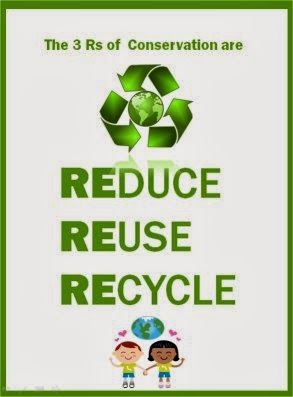Sorry for being away from blogging for so long . My boy started Grade 4 this month. The chapter they started in science is Food We Eat . As is the case every year, we have started the term with lot of energy and enthusiasm.
This chapter is divided into 2 parts.
Classification of Food
In every meal we eat, we talk about Body Builders, Energy Givers and Protective Food - in fact I need to consciously add more veggies and greens to our otherwise highly protein - rich diet. My boy is also drinking a lot more water !
We made our own Food Pyramid and enjoyed doing it!
The graphics and labeling for this food pyramid are available for download here .
Here's a video on 'Classification of Food'
Methods of Cooking and Preserving Food
My boy is pretty aware of methods of cooking as we are all a family of foodies and most of the food is made at home by me with him as my little assistant. We also learnt about different methods of preserving food while doing this chapter.
I made 2 simple overview worksheets for these topics.
All this and more is available in my product Food and Nutrition - Food Groups , Methods of Cooking & Preserving Food .
You can download a preview of the contents of this package.
This chapter is divided into 2 parts.
Classification of Food
In every meal we eat, we talk about Body Builders, Energy Givers and Protective Food - in fact I need to consciously add more veggies and greens to our otherwise highly protein - rich diet. My boy is also drinking a lot more water !
We made our own Food Pyramid and enjoyed doing it!
 |
| The Food Pyramid |
Here's a video on 'Classification of Food'
Methods of Cooking and Preserving Food
My boy is pretty aware of methods of cooking as we are all a family of foodies and most of the food is made at home by me with him as my little assistant. We also learnt about different methods of preserving food while doing this chapter.
I made 2 simple overview worksheets for these topics.
 |
| Worksheet on Methods of Cooking |
 |
| Worksheet on Preserving Food
|
You can download a preview of the contents of this package.























